
Do you have trouble digesting dairy foods?
If so, you’re not alone. According to a 2017 review of data from around the world, a large percentage of the population lacks the enzymes needed to properly digest lactose—the natural sugar in dairy products. That means when they eat these foods, they may suffer from symptoms like nausea, bloating, and abdominal pain.
For these individuals, finding an alternative to dairy milk is a must.
There are others, however, who choose to avoid dairy for other reasons. They may have committed to a plant-based diet or feel better overall when not eating dairy.
A recent survey of 2,000 people found that more than a quarter aged 18 to 24 had reduced or eliminated dairy consumption in the past two years. When asked why they were avoiding dairy, about 35 percent of participants in a Cargill study cited lactose intolerance, while 28 percent mentioned dairy allergies. Others wanted to avoid growth hormones, saturated fats, and antibiotics in dairy products.
Whatever the reasons, people are looking for alternative milk. The question is: Which one is best?
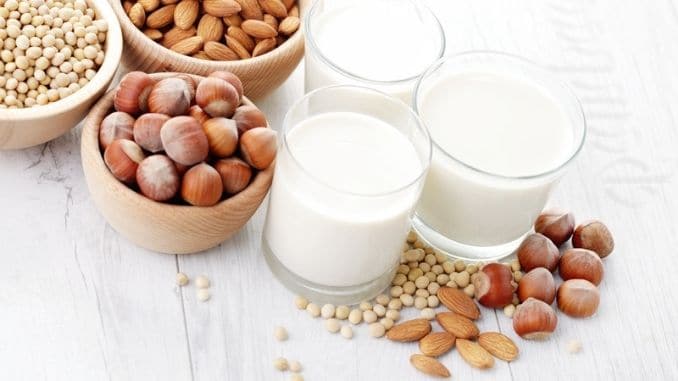
What is an Alternative Milk?
Alternative milk is those products made without dairy foods that mimic milk. They have a similar texture and can be poured over your cereal, added to your coffee, or used in other ways as you would use regular dairy milk.
There are many differences among these milk, though, and between alternative and dairy milk. Alternative milk usually tastes different than regular milk, and they contain different nutrients too. Knowing what you’re getting can help you to be sure that you aren’t missing out on important nutrients in your diet, like calcium and vitamin D.
Because this milk doesn’t contain dairy products, those with lactose intolerance can use them without fear of suffering symptoms.
Some so-called “lactose-free” milk is made with dairy products. They are similar to regular milk, except they’ve been processed to include lactase, the enzyme needed to digest lactose. This allows those who are lactose-intolerant to enjoy the milk without digestive upset. This milk does not, however, as the name implies, have the lactose removed.
Those with milk allergies or who avoid dairy for other reasons aren’t likely to be satisfied with lactose-free milk. That’s when it’s time to go shopping for alternative milk.

What to Look for in Alternative Milk
When shopping for alternative milk, look for the following characteristics:
- A nutritional profile is similar to milk. That means at least 7-8 grams of protein per serving and fortified with vitamin D and calcium.
- A low amount of added sugar. Unflavored and unsweetened options are usually the healthiest.
- Limited additives like gellan gum, guar gum, and carrageenan. Though these are generally considered safe, they can cause digestive upset in some people.
- Any ingredients that may trigger your allergies, such as nuts.

7 Types of Alternative Milk
Below are seven different types of alternative milk that you can choose from. We’ve included the pros and cons of each.
1. Soy Milk
The most popular and oldest alternative milk on the market, soy milk is considered the closest match to regular milk in terms of nutrient content and texture. It is made from whole soybeans or soy protein isolate and has a creamy, mild taste.
According to a 2018 review, soy has the most balanced nutritional profile of the alternative milk studied. It contains about 80 calories per cup, with 4 grams of fat, 7 grams of protein, and 3 grams of carbohydrates, making it similar in protein and fat to a glass of 2-percent milk.
Most soy milk is also fortified with other nutrients like vitamins A, D, and B12.
Pros:
- Nutritionally balanced
- Similar in texture and consistency to regular milk
- Economical
Cons:
- Doesn’t respond well to heat—curdles at high temperatures
- Soy is known to contain isoflavones, which may affect estrogen receptors in the body. Those concerned about the potential hormonal effects of soy may want to avoid it.
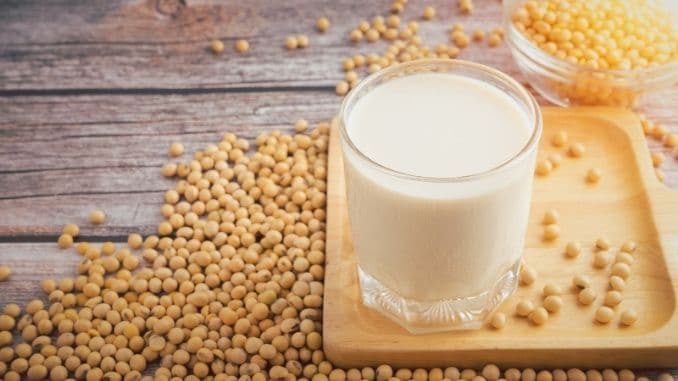
2. Almond Milk
Another popular alternative milk, almond milk is made with either whole almonds or almond butter and water. Manufacturers typically soak the nuts in water, drain them, purree them, and blend them with hot water to make the milk. Some will add flavors and nutrients.
Almond milk has a light texture and a slightly sweet and nutty flavor. It also has fewer calories and less fat than regular milk, but not as much protein or carbohydrates. Other nut milk, such as those made from cashews or mixed nuts, will be similar.
Pros:
- Low in calories—good for those trying to lose weight
- Works fine in the heat
- Natural source of vitamin E
Cons:
- Low in protein
- If not fortified, may be low in other nutrients as well
- Contains phytic acid, which could reduce the absorption of iron, zinc, and calcium
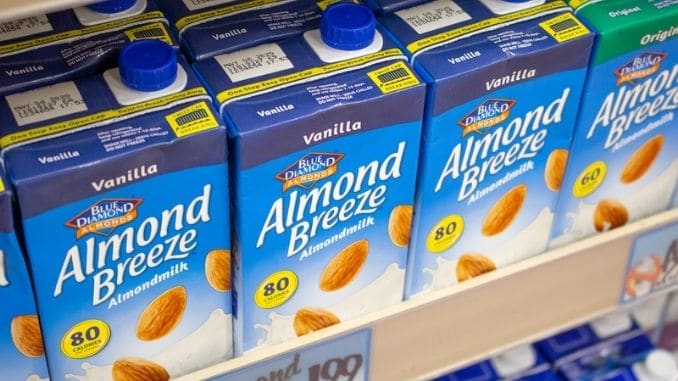
3. Pea Milk
To make pea milk, manufacturers usually mill the peas into flour, separate the pea protein, and blend that with water and other ingredients like oil, thickeners, flavors (like vanilla extract), and supplements. The result is a smooth and creamy milk alternative.
Pea milk has a similar protein content to cow’s milk, yet it has fewer calories and additional nutrients like omega-3 fatty acids.
Pros:
- Similar in protein content to cow’s milk
- Low in calories
- Naturally gluten-free
Cons:
- Not a good source of calcium unless it’s fortified
- May contain additives, gums, and gels

4. Rice Milk
Rice milk is made from milled rice and water, which is then blended and strained. It has a mild taste and naturally sweet flavor. Like other alternative milk, it often contains thickeners and flavorings.
Rice milk is not as nutritious as dairy milk, however. One cup of rice milk contains 130-140 calories, 2-3 grams of fat, 1 gram of protein, and 27-38 grams of carbohydrates.
Pros:
- Least allergenic of all the alternative milk
- Good for those with allergies or intolerances to dairy, gluten, soy, and nuts
Cons:
- Low in protein
- Contains about double the carbohydrates as cow’s milk—the highest of any alternative milk
- Higher in calories than other alternative milk
- Has a high glycemic index, making it a poor option for diabetics
- May contain high levels of inorganic arsenic, which has been associated with an increased risk of health issues
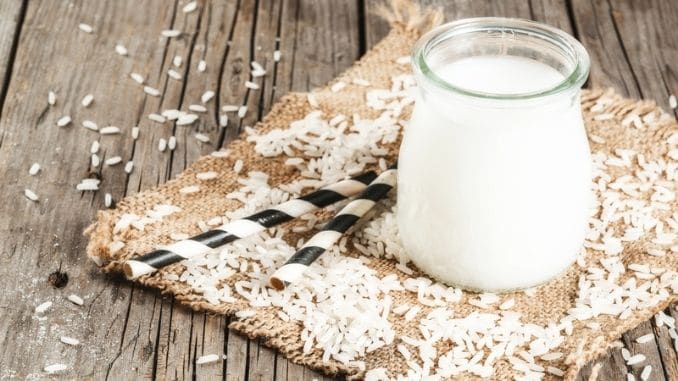
5. Oat Milk
Oat milk is made by soaking oats in water, then blending and straining the liquid. The result is a low-fat, high-fiber beverage. It has a creamy texture and a mild taste and is popular as an alternative coffee creamer.
Most oat milk contains less than 2.5 grams of fat and no cholesterol. They also have more protein than nut milk, but not as much as some of the other options—about 4 grams per serving. Oat milk is a great source of fiber, and nutrients like copper, folate, magnesium, and zinc.
Pros:
- Good source of protein, though not as good as some
- Great source of fiber
- Creamy texture—creamier than nut milk
- Economical
Cons:
- Contains no healthy fats
- More carbohydrates and calories than many milk alternatives, though often not as many as nut milks
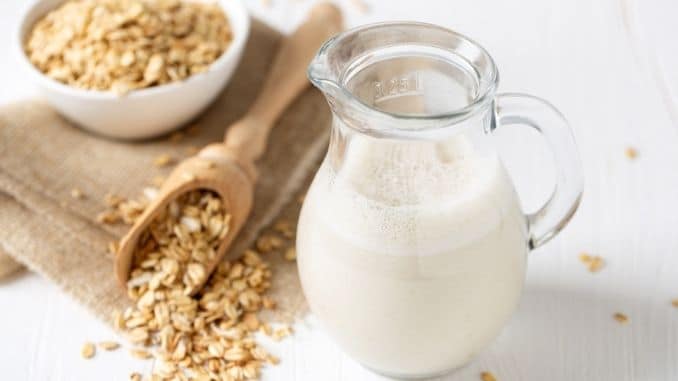
6. Hemp Milk
Made from hemp seeds, this alternative milk contains more fat and protein than almond or rice milk, with 4.7 grams of protein and 7.3 grams of fat (in the form of omega-3 and omega-6 fatty acids) per serving. Its protein is a “complete” protein, which means it contains all 9 essential amino acids, making it good workout-recovery milk.
Hemp milk has a creamy, nutty, some say “earthy” flavor that works well in smoothies, cereals, soups, and baking.
Pros:
- High in complete protein—good for vegetarians and vegans
- Contains a good amount of healthy fats
- Fewer calories than cow’s milk
- Low in carbohydrates
Cons:
- Low in calcium
- Often has a lot of added sugars
- Thin, watery texture
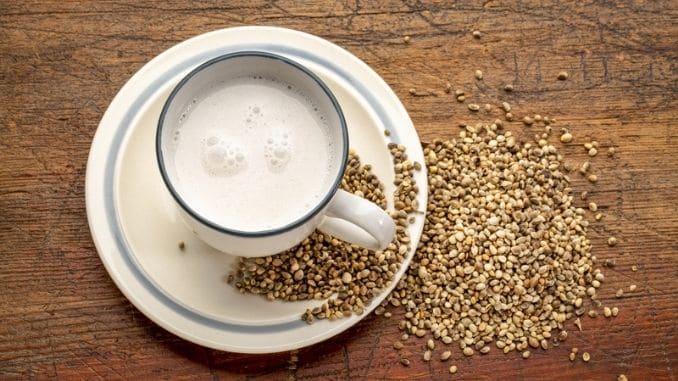
7. Coconut Milk
Made from the white flesh of brown coconuts (blended with water), coconut milk has a creamy texture and a sweet but subtle coconut flavor. Its calorie content will depend on how it’s made. Some versions are lower in calories than cow’s milk, whereas others may have as many or more.
Pros:
- Creamy, sweet taste that appeals to those who like coconut
- Very low in carbohydrates—good for those on low-carb diets
- Works well in many recipes that call for a high-fat content
Cons:
- Low in protein—lower than most alternative milk
- Not a good source of vitamin A or D
- High in saturated fat—though that may be fine for some, others who are watching their fat intake may want to use this one in moderation
- It may be high in calories
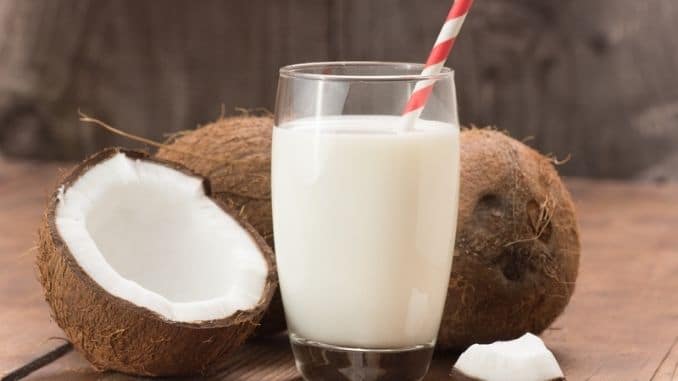
Read Labels Carefully to Choose the Best Alternative Milk
Though there are other alternative milks—including quinoa, flaxseed, other nut kinds of milk, and banana—the ones above are the most commonly available.
The main thing is to read your labels carefully and make sure you’re getting all the nutrients you need in your daily diet. Understand that none of the alternative kinds of milk contain all the nutrients that cow’s milk does—some are lower in protein, others lower in healthy fats, and still others lower in calcium. You’ll need to make up these nutrients in the other foods you’re eating.
Finally, try to choose those kinds of milk that are low in sugar, additives, and gums. Of course, choose those that you like as well! If you have to force yourself to consume the milk, it’s probably not a good option for you.
Calcium intake is not the only thing you need to keep your bones healthy and strong! Click here to learn more.
.

